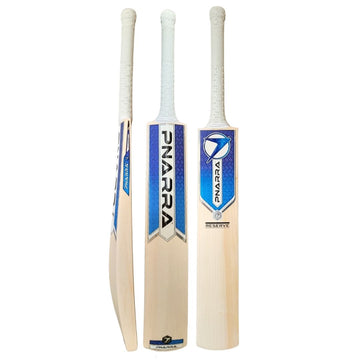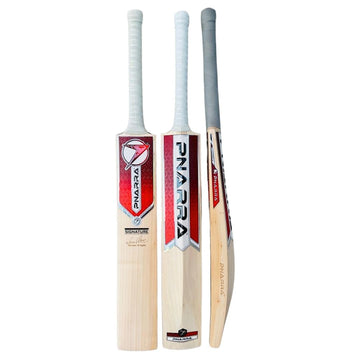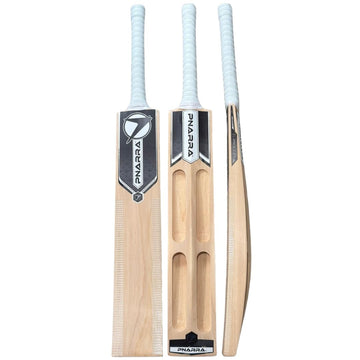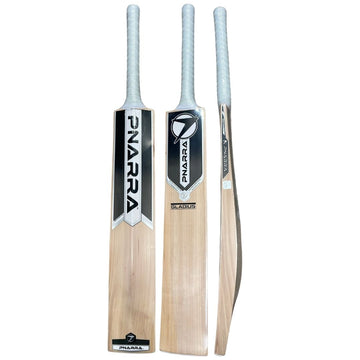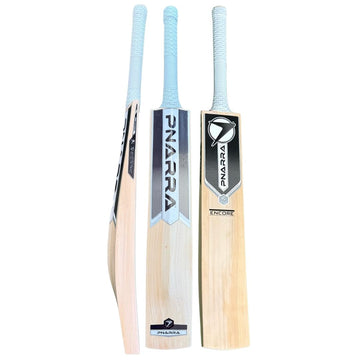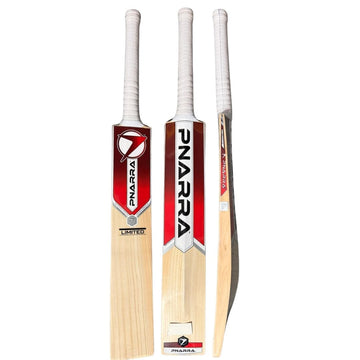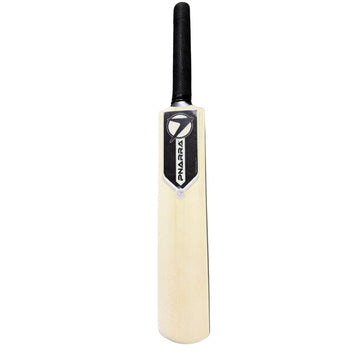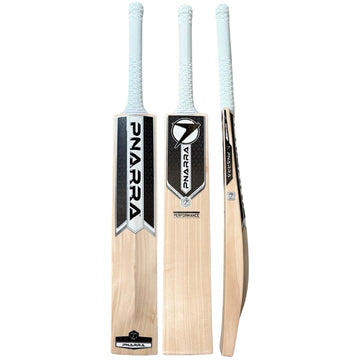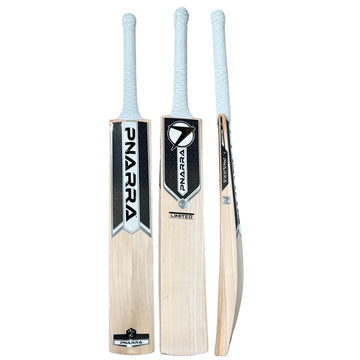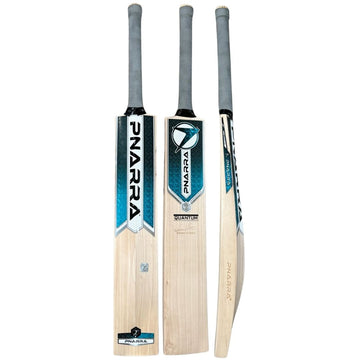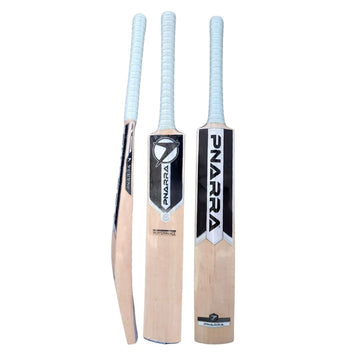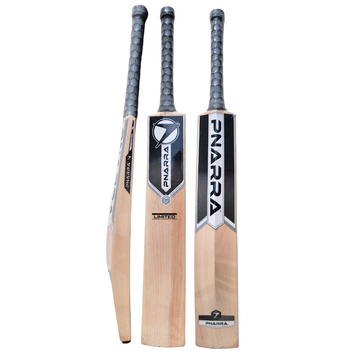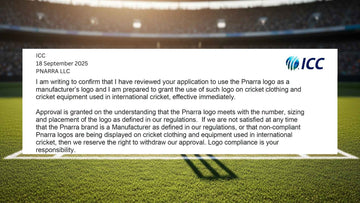When it comes to choosing a cricket bat, most players instinctively focus on the willow grade, weight, or brand. However, there is one detail that can truly transform your game: the bat profile. The shape of your bat’s back, whether concave or convex, affects how it feels in your hands, how it picks up, and how efficiently it transfers power to the ball. From executing the perfect cover drive to smashing sixes in the shorter formats, the profile can make all the difference.
The bat profile refers to how the wood, typically willow, is distributed across the back of the blade. This distribution influences the position of the sweet spot, the balance and pickup of the bat, and the balance between power and control. In essence, the profile determines how your shots come off the blade and how comfortable the bat feels in your hands during play.
A full-profile bat, sometimes called a convex bat, carries the maximum amount of wood across the blade with no scooping on the back. This results in a heavier pickup but offers incredible power and a large sweet spot. It is ideal for power hitters and players who thrive in Test or longer formats where big, straight shots dominate the game. The substantial spine and thick edges of full-profile bats make them perfect for players who want to generate maximum force with every swing. While these bats are heavier, the payoff is immense control and stability, allowing consistent performance on hard pitches.
For players who prefer versatility and adaptability, the mid-profile bat is an excellent choice. The weight is balanced across the blade, and the sweet spot sits around the middle, providing both front-foot and back-foot playability. Mid-profile bats suit all-rounders who like to switch between defensive and attacking strokes. Their balanced distribution allows players to adjust quickly to varying pitch conditions, giving them the precision and control needed for both timing shots and driving with power.
Low-profile bats, with more wood concentrated near the toe, are particularly suited for front-foot dominant players and conditions typically found in the subcontinent. The sweet spot being closer to the toe allows players to generate power in drives and dominate slow, low-bounce pitches. Players who enjoy playing spin along the ground or driving through the covers will find low-profile bats ideal for extracting maximum control and force from each stroke.
On the other hand, high-profile bats have a greater concentration of wood near the shoulder, making them suitable for back-foot players and bouncy pitches. These bats are designed for quick pickups and rapid bat speed, making cuts, pulls, and back-foot shots easier to execute. Players who face fast bowlers on lively pitches will benefit from the quick reaction times and stability offered by high-profile bats.
For modern, aggressive T20 hitters, the duckbill profile is a game-changer. Named for its tapered shape towards the toe, it provides a lighter pickup while retaining power. This design allows players to swing quickly and hit explosively without sacrificing control, making it ideal for shorter, high-intensity formats where rapid scoring is essential.
Another important factor is whether a bat is concave or convex. Concave bats feature a scooped-out back, reducing overall weight without compromising edge thickness. They offer fast pick-up and maneuverability, making them excellent for stroke players who rely on timing and placement. Convex bats, often synonymous with full-profile designs, feature a rounded back with minimal scooping, adding mass behind every shot. These bats provide a larger sweet spot and superior energy transfer, perfect for players who rely on power and boundary-hitting capabilities.
Beyond profile, the grains on the blade are critical for performance. Tight-grained bats, usually with eight to twelve or more grains, come from older willow and offer exceptional responsiveness and immediate ping. These bats are ideal for advanced players seeking instant performance. Wide-grained bats, with five to seven grains, are made from younger willow, providing durability and long-term performance improvement. While they may require more knocking-in, wide-grained bats are perfect for players who prefer longevity and gradual build-up of power.
After that, shape of a bat’s toe affects shot execution, particularly along the ground. Low-toe bats have a slightly flattened bottom edge, allowing better control on drives and helping players avoid top edges on low-bounce pitches. They also enhance pickup and balance, especially for front-foot dominant players. Rounded-toe bats provide a larger hitting area near the toe, which can generate additional power for lofted shots but require careful technique to avoid mis-hits on slower surfaces. Selecting the right toe shape depends on your playing style, pitch conditions, and personal comfort.
The handle of a cricket bat is just as important as the blade, as it directly affects grip, control, and shot execution. Bat handles typically come in two main shapes: oval and round. Oval handles provide a more natural alignment with the fingers, offering better control for precise shots and back-foot play. They are preferred by players who rely on timing, wrist work, and placement. Round handles, on the other hand, allow more flexibility in grip and are better suited for power hitting and front-foot shots. The handle’s material, usually cane wrapped with rubber or synthetic grips, also plays a role in absorbing shock from fast deliveries while maintaining feel and responsiveness. Choosing the right handle shape and grip thickness ensures comfort, reduces fatigue, and maximizes performance during long innings.
At PNARRA, every bat is crafted to meet specific playing styles. The PNARRA Reserve Edition full-profile bat delivers explosive power and stability for elite performance. The PNARRA Signature Edition mid-profile bat balances pickup and precision, catering to all-rounders who switch between front-foot and back-foot play. The PNARRA Limited Edition duckbill profile is engineered for T20 aggressors, offering lightning-fast pick-up and explosive stroke play.
Cricket Bat Size Guide – Pick the Right Bat for Your Height & Age


